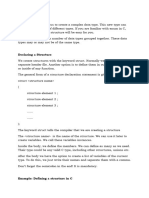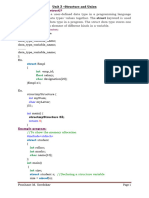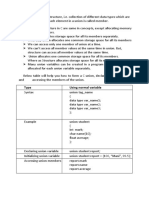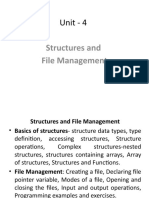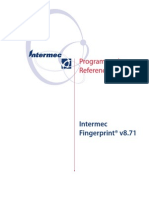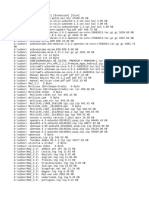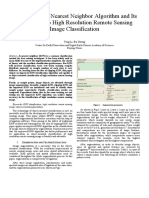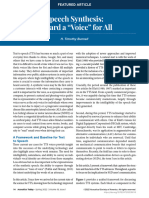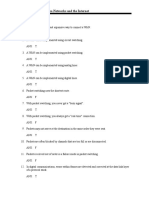0% found this document useful (0 votes)
39 views19 pagesStructures in C
The document provides a comprehensive overview of structures, unions, and enumerations in C programming. It covers defining, declaring, and accessing structures, the differences between structures and unions, and the use of enums for improved code readability. Additionally, it discusses memory allocation, structure padding vs packing, and practical use cases for each data type.
Uploaded by
mariatahsin3.1416Copyright
© © All Rights Reserved
We take content rights seriously. If you suspect this is your content, claim it here.
Available Formats
Download as PDF, TXT or read online on Scribd
0% found this document useful (0 votes)
39 views19 pagesStructures in C
The document provides a comprehensive overview of structures, unions, and enumerations in C programming. It covers defining, declaring, and accessing structures, the differences between structures and unions, and the use of enums for improved code readability. Additionally, it discusses memory allocation, structure padding vs packing, and practical use cases for each data type.
Uploaded by
mariatahsin3.1416Copyright
© © All Rights Reserved
We take content rights seriously. If you suspect this is your content, claim it here.
Available Formats
Download as PDF, TXT or read online on Scribd
/ 19











